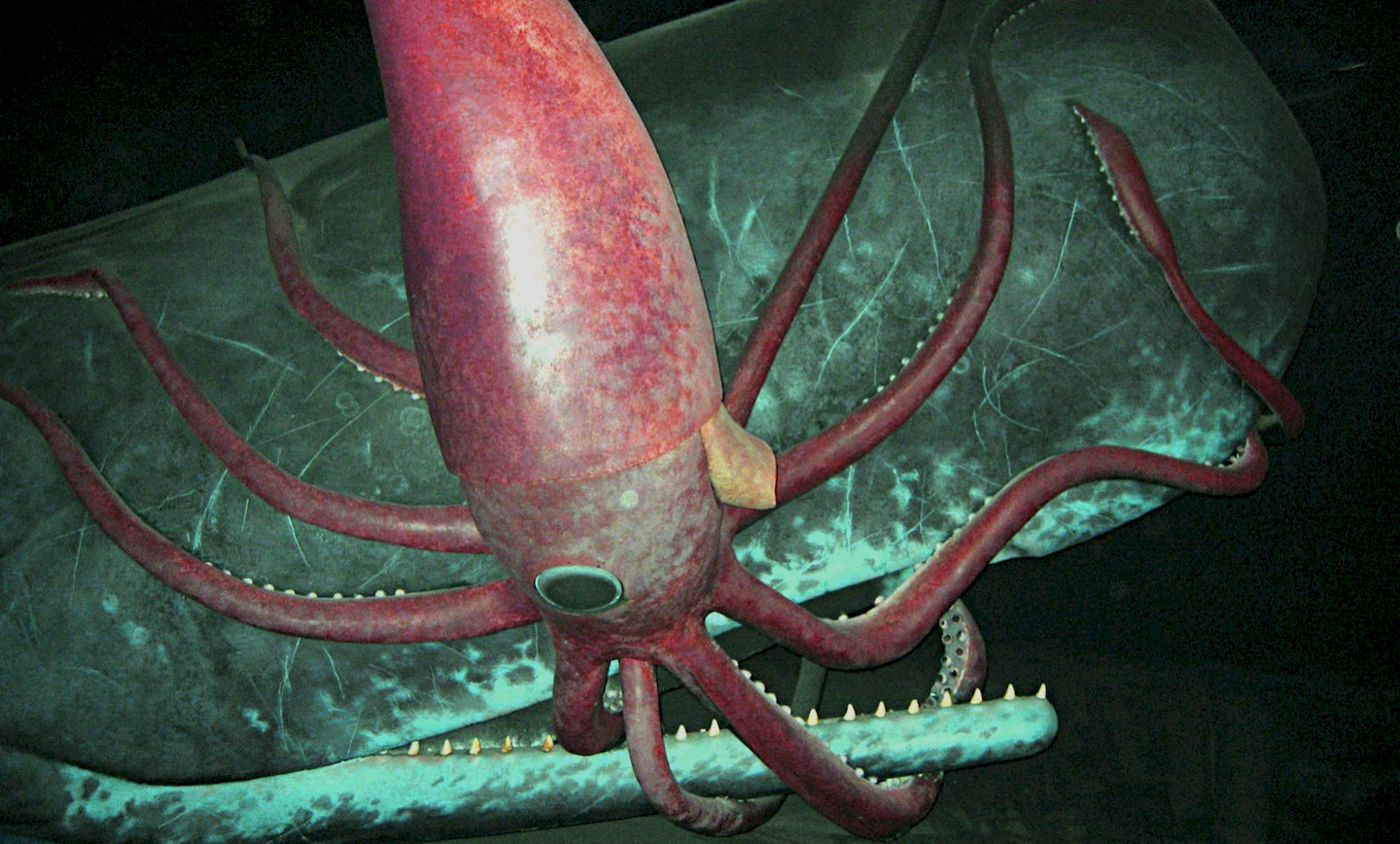Hello ladies and gents this is the Viking telling you that today we are talking about
Freaky Facts About the Giant Squid

Last week, scientists aboard a NOAA Ocean Exploration and Research ship in the Gulf of Mexico captured video of an elusive giant squid—the first recorded sighting in U.S. waters. In the 28-second clip, the cephalopod emerges from the blackness of the deep sea and attacks an electronic jellyfish. After wrapping its tentacles around the luminescent bait, the squid loses interest and disappears in the murk. Since ancient times, philosophers and naturalists have puzzled over this rarely seen enigma. There’s plenty we still don’t know about giant squid, but we’ve learned a lot over the past 20 years.
1. GIANT SQUID EYES ARE THE SIZE OF FRISBEES.
A staggering 10.5 inches across, a squid’s eyeballs lack the jelly-like substance that gives ours their shape. Instead, they’re filled with water, which leaks out once the invertebrate dies. "The eyes collapse. It's like a collapsed plastic bag,” biologist Dan-Eric Nilsson told NPR in 2012.
2. FEMALE GIANT SQUID ARE BIGGER THAN MALES.
On average, female giant squid are around twice the size of males from the tip of their beaks to the ends of their two longest tentacles.
3. GIANT SQUID SUCKERS CAN LEAVE UGLY BATTLE SCARS.
The giant squid's main enemy is the sperm whale. While under attack, the squid often retaliate by inflicting large, circular wounds, courtesy of the serrated rings around each sucker.
4.THE GIANT SQUID’S MAXIMUM LENGTH IS ABOUT 43 FEET.
At least, that’s what the available evidence tells us. Reports of 60- and 70-footers have never been verified scientifically.
5. INSTEAD OF A PROPER TONGUE, THEY USE A RADULA.
This organ rests inside their beaks and is covered with seven rows of denticles—sharp, toothy, backwards-pointing protrusions.
And as always have a chilled day from the Viking
Comments
Post a Comment